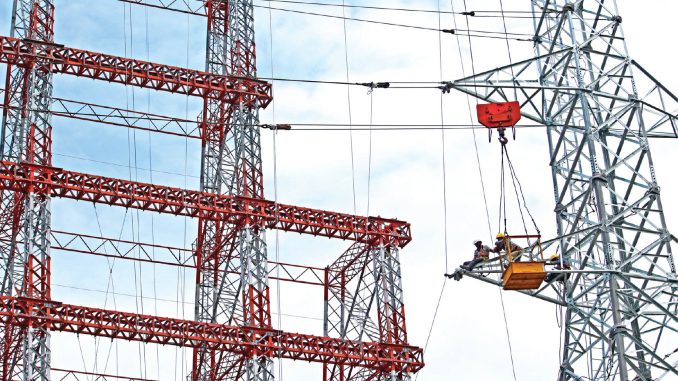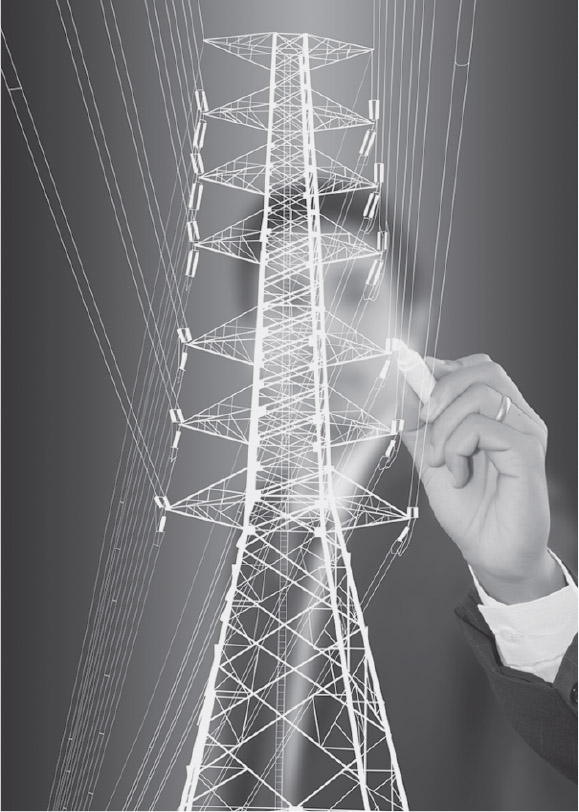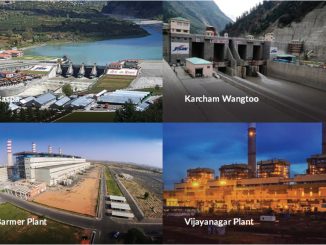
India’s transmission segment is undergoing a transformation. There has been a rapid expansion in grid length and grid capacity at a 5-6 per cent CAGR since 2014-15. In addition, there is a growing reliance on emerging technologies such as battery energy storage system (BESS) and reactive power compensation. A new market structure is emerging with a greater proportion of growth coming from the private sector.
The incorporation of new technology and rise in transmission capacity is driven largely by the need to integrate large-scale renewables, decentralised/off-grid generation, EVs as well as data centres. Going forward, grid modernisation will require the adoption of advanced technologies like static synchronous compensators (STATCOMs), wireless networks, energy storage, intelligent devices, advanced grid modelling applications and cybersecurity protection.
Technology trends
Transmission utilities require advanced analytics capabilities to make effective strategic decisions in a fast changing energy world. Further, the onset of Covid-19 and subsequent lockdowns required transmission companies to rely on remote monitoring systems and data analytics for decision-making. Hence, companies like Adani Transmission and Powergrid rapidly developed integrated centralised dashboards capturing overall system-related information across a wide spectrum of parameters. Remote monitoring systems capture data on system availability, tripping, outages, etc. in a granular way. This in turn enables them to actively supervise the system and respond more rapidly. It also helps them predict operational issues across the value chain and address them.
In 2020-21, Powergrid integrated eight extra high voltage substations into its National Transmission Asset Management Centre in Manesar, Haryana, taking the total tally of remotely managed systems to 242. Furthermore, it has 11 regional transmission asset management centres to enable more meticulous data acquisition.
Another important area for transmission utilities is reliability of the transmission grid as more renewables come online. STATCOM is one of the most sophisticated technologies under the umbrella of flexible AC transmission systems. STATCOM helps control reactive power flow through a power network and increases network stability by reducing frequency fluctuations, impedance disturbances and voltage disturbances. This technology is an attractive choice due to its faster response time and smaller footprint as compared to the static VAR compensator (SVC).
Adani Transmission Limited witnessed a reduction of 15 per cent in load profile variation as well as a significant reduction in auxiliary power consumption after deploying STATCOM technology at its Mahendragarh substation. Powergrid has commissioned STATCOMs at 14 substations in the past few years – at Solapur, Aurangabad, Satna and Gwalior in the western region; Lucknow and Nalagarh in the northern region; Ranchi, Rourkela, Jaipur and Kishanganj in the eastern region; and Udumalpet, Trichy, Hyderabad and NP Kunta in the southern region.
Besides STATCOMs, SVC technology, which is being deployed in several substations, enhances the capacity, security and flexibility of power transmission systems. SVC is a solid-state reactive power compensation device
based on high power thyristor (semiconductor) technology. An SVC can improve power system transmission and distribution performance in a number of ways. Installing an SVC at one or more suitable points in the network can increase the transfer capability and reduce losses while maintaining a smooth voltage profile under different network conditions. For instance, two SVCs with 140 Mvar inductive capacity each were installed at the Kanpur substation on the Rihand-Delhi HVDC line. These SVCs helped avert a cascade tripping across the network when the grid voltage dipped by 10 per cent on a faulty line.
As the quantum of electricity generated by variable renewable energy systems such as solar and wind power increases, transcos will face issues in managing system stability. Hence, several transmission companies plan to invest in the development of BESS, which will store electricity that can be withdrawn when required. BESS is at a nascent stage given the high unit costs of energy storage. Recently, Powergrid announced that it is investing in the development of a 12 GWh BESS in Ladakh. The 12 GWh BESS will evacuate 9 GW of solar and 4 GW of wind energy. Out of 12 GWh of battery energy storage, 1-2 GWh will be developed as part of the transmission element to keep the line charged during the period of no generation, while the remaining battery energy storage could be developed as part of the generation element.
 Wireless power transmission is another nascent non-grid technology that could upend the transmission segment given that it involves the transmission of electricity by optically beaming laser to portable 5G base stations in close proximity to the consumer’s household. In other words, the electricity generated is converted into a potent beam of light, which is then transmitted to the consumer, who converts the incoming photons to electricity by using a PV array. This advanced technology is, however, at the testing stage across the world and yet to be commercially deployed anywhere.
Wireless power transmission is another nascent non-grid technology that could upend the transmission segment given that it involves the transmission of electricity by optically beaming laser to portable 5G base stations in close proximity to the consumer’s household. In other words, the electricity generated is converted into a potent beam of light, which is then transmitted to the consumer, who converts the incoming photons to electricity by using a PV array. This advanced technology is, however, at the testing stage across the world and yet to be commercially deployed anywhere.
New innovations are also being brought in asset management. Transmission companies are installing travelling wave fault locators (TWFLs) in their operation, which help locate a fault or disturbance on an overhead or underground cable transmitting power across an electrical network. It helps to pinpoint a fault or issue in transmission line by using the speed of wave and length of line to determine the time for the current to travel from one point to another. Hence, if there is any impedance of some milliseconds, it immediately alerts the network and indicates the problem area with an accuracy of 150 metres. Powergrid installed TWFLs in 43 transmission lines during 2020-21 so as to accurately identify the fault location and reduce the man-hours expended in determining the fault location. In total, Powergrid has deployed this technology in 95 transmission lines over the last few years and plans to eventually scale it up across the entire grid.
Transmission companies are also adopting technological tools such as drones with thermo-visual scanning, high resolution videos and corona cameras for patrolling transmission lines, substations and reactors in real time.
The way forward
The increase in the share of renewables and decentralised energy generation is set to improve the transmission segment with incorporation of embedded digital technologies and investment in energy storage for improved grid stability and better asset management. These investments will also be accompanied by a renewed thrust on augmenting and modernising transmission lines and substations in order to connect off-grid renewable installations to demand centres. A significant proportion of investment will also be driven towards enhancing cross-border linkages from India to Nepal, Bangladesh and Bhutan. Hence, the transmission segment is set to witness a substantial investment in the coming years in areas such as digitalisation, grid expansion and upgrade, and energy storage. These investments will help meet the objectives of improving grid stability, enhancing efficiency and reducing O&M expenditure while transitioning to a renewable energy future.



